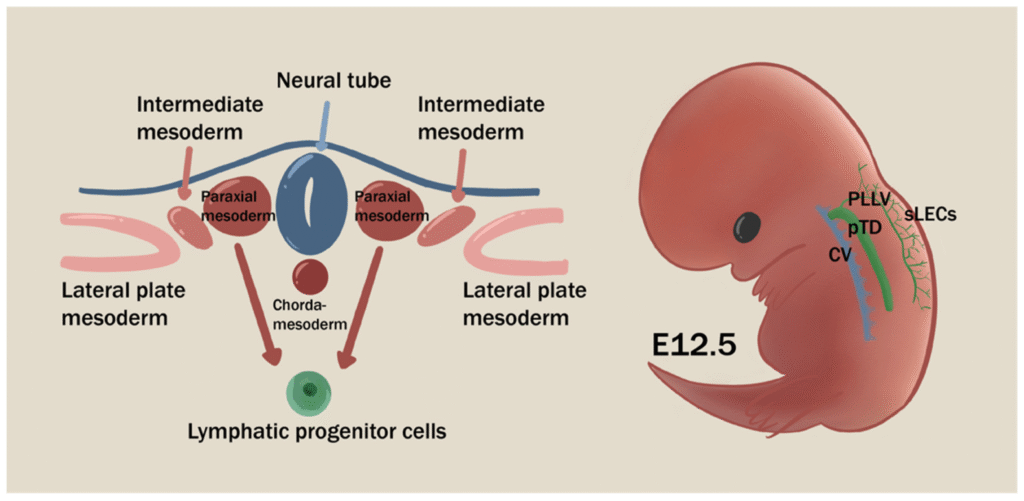Behind clouds of interstellar dust, a cosmic drama is playing out deep in the southern constellation of Chamaeleon. The Chamaeleon I dark cloud is one of the closest places to Earth where stars are born. It is only 550 light-years away. In this “stellar nursery,” newborn stars break through the darkness and light up huge nebulae while their violent winds shape ethereal structures. The Dark Energy Camera (DECam) in Chile has taken a stunning new picture of this celestial cradle that shows glowing nebulae, hidden protostars, and the strange beauty of Herbig-Haro objects, which are cosmic tornadoes of shocked gas thrown across space by baby suns. But what is it about Chamaeleon I that makes it so special? And what is it about this mysterious cloud that keeps astronomers coming back?
A Cosmic Cradle Just Next Door
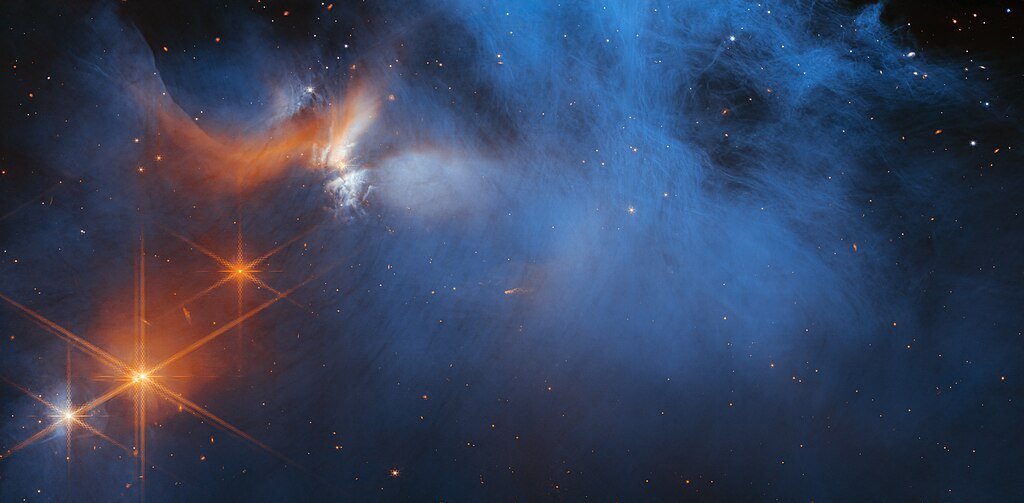
Chamaeleon I isn’t just another place where stars form; it’s the closest stellar nursery to our solar system, giving astronomers a front-row seat to the messy birth of stars. It is part of the larger Chamaeleon Cloud Complex, which is a huge network of gas and dust that also includes Chamaeleon II and III 56. It is only 550 light-years away. The Orion Nebula is famous for glowing because it emits its own light. The Cederblad and Chamaeleon Infrared Nebula, on the other hand, only shine because they reflect the light of young, hot stars that are inside them.
Recent observations suggest that this cloud may be very similar to the place where our Sun was born over 4.6 billion years ago. Chamaeleon I is still a hotbed of stellar activity, with about 200 to 300 young stars already found. Some protostars are still surrounded by disks of gas and dust that will become planets in the future.
The Dark Energy Camera’s Dazzling Revelation
The latest picture of Chamaeleon snapped by DECam is breathtaking and packed with research clues.
Chiles Víctor M. Blanco 4-meter telescope carries a 570-megapixel camera that dwarfs most gear in its class. One sweep of the shutter surveys a patch of sky twenty full Moons wide: plenty of room for secrets to hide.
That level of sharpness reveals:
- A faint red ribbon of nebulosity between Cederblad 110 and 111 shows that stars are violently blowing out.
- Herbig-Haro objects (HH 49/50) are twisted jets of gas that newborn stars shootout at speeds of up to 250,000 km/h (155,000 mph).
- A far-off spiral galaxy photobombing the picture, with its blue bulge hinting at older stars, shows how deep DECam’s vision is.
Also, DECam’s wide-field capability lets astronomers study both star formation and dark energy at the same time, which was its original goal.
The “Cosmic Tornado” and the Mystery of HH 49/50
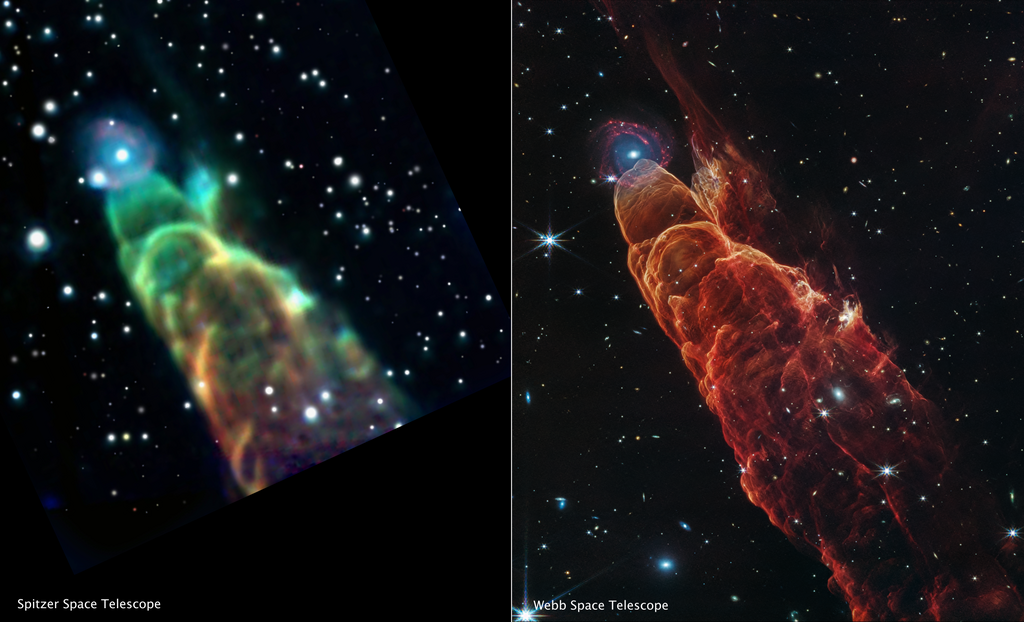
Chamaeleon I hosts the spectacular Herbig-Haro 49/50 jet. NASA once dubbed it the Cosmic Tornado after Spitzer picked up its wild, twisting plume. More recent images from Webb add a surprise; the blurry tip that looked like an end-point is actually a distant spiral galaxy drifting far outside the star-forming cloud.
Inside the chaos a hungry protostar named Cederblad 110 IRS4 sits at the jet’s base, pulling in leftover gas like a cosmic vacuum.
- Twisting strands in the outflow hint that tight magnetic fields-or possibly wobbling jets-are winding the material into a corkscrew shape.
- Shock fronts traveling through the plume superheat nearby hydrogen and carbon monoxide, making those gases glow brightly in the infrared. Webb is the ideal tool for picking up that faint but telling light.
Why Chamaeleon I Matters to Solar System History
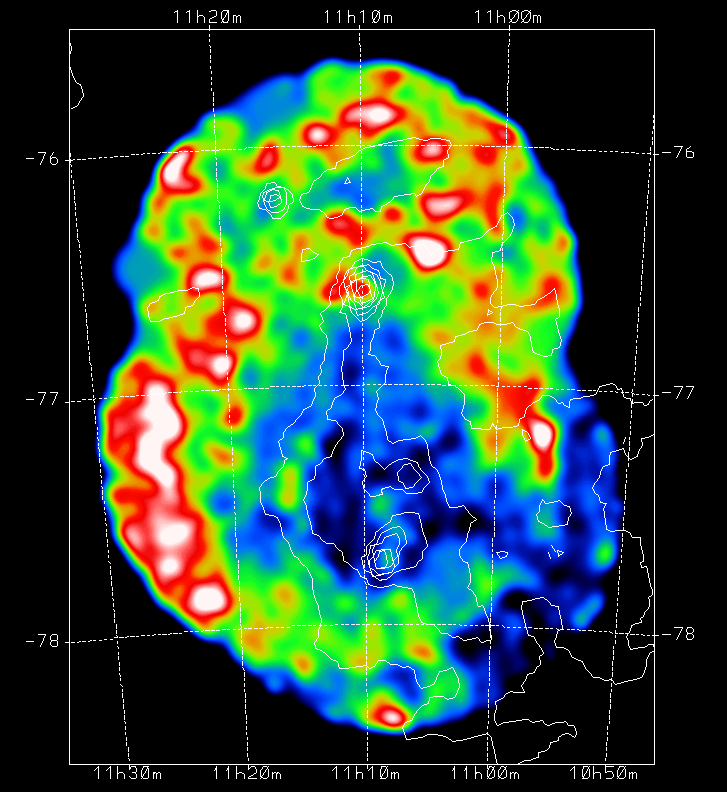
Astronomers think that Chamaeleon I might be a time capsule of when our own Sun was young. The cloud’s chemistry, which is full of icy molecules and organic compounds, is like what scientists think the early solar nebula was like. Recent studies with the Webb Telescope have even found water ice, carbon dioxide, and methanol around protostars here. These are all important for making planets.
Also, the slow, sporadic outflows from Chamaeleon I’s young stars are similar to how our Sun may have acted in its first million years, blasting away gas to make room for new planets.
The Future of Chamaeleon I Research
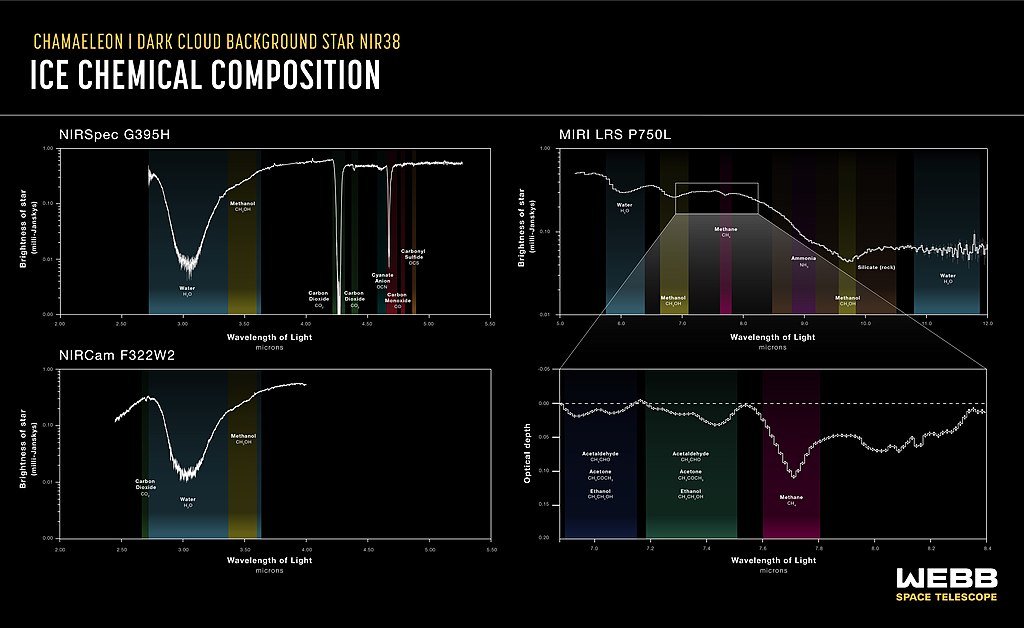
Chamaeleon I sits under more telescopes than any neighborhood we know. Hubble, Webb, Spitzer, and DECam have all snapped thousands of images here. That kind of attention is almost celebrity status in the sky.
Engineers at NASA and other labs have fresh plans flirting with the next science headline. Their wish list covers everything from fiery jets to cooler planet-forming rings buried in thick starlight. Each line item doubles down on watching curious baby stars.
- Webb, of course, leads the charge with infrared vision sharp enough to count newborn protostars.
- Ground crews are also coding models that trace how fast-moving jets poke and prod their galactic blocks.
- A separate line of code is hunting disk-shaped debris parked around the region’s tiniest suns, those still cloaked in near-total darkness.
Conclusion: A Laboratory for Stellar Birth
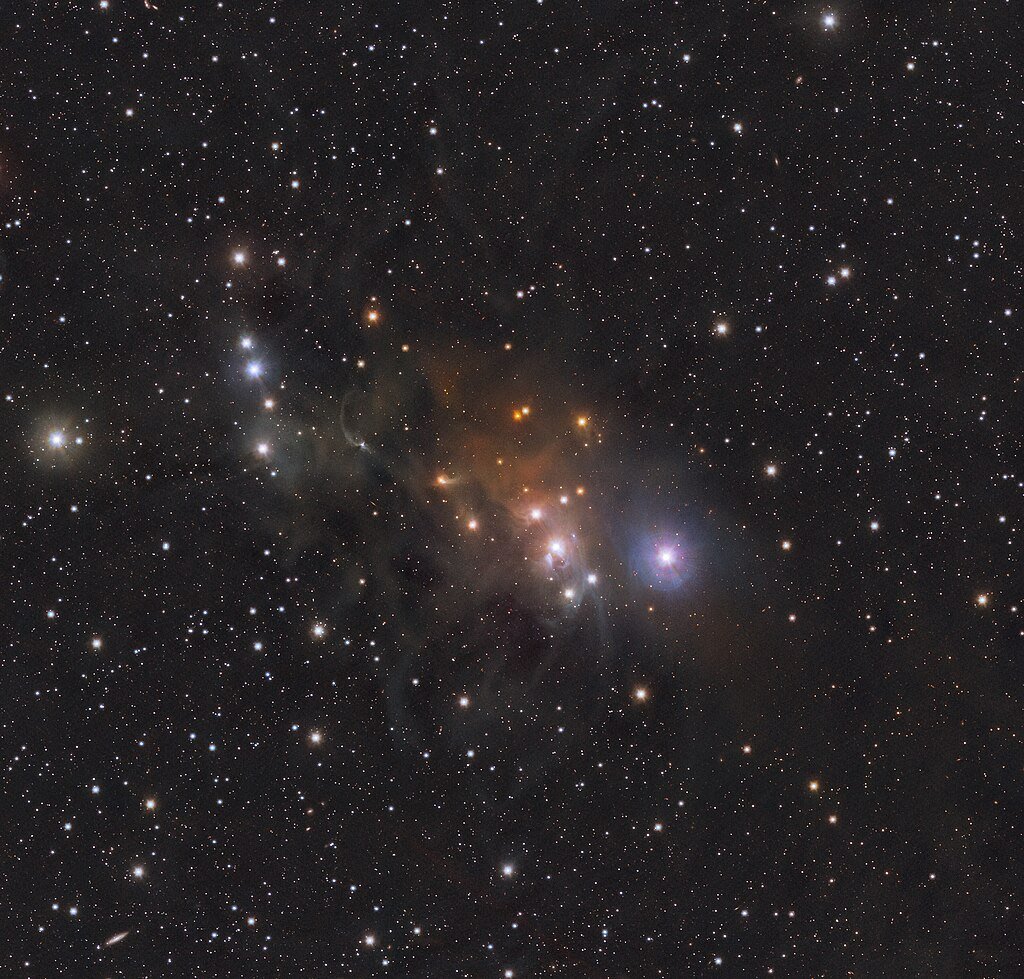
Chamaeleon I is more than just a pretty picture of the universe; it’s a real-life lab where astronomers can see the violent and beautiful process of star birth happen in real time. This area shows us that light always finds a way, even in the darkest parts of space. For example, the eerie glow of reflection nebulae and the supersonic fury of Herbig-Haro jets. And with new tools like DECam and Webb, we’re just starting to figure out what it is.
Sources:

Jan loves Wildlife and Animals and is one of the founders of Animals Around The Globe. He holds an MSc in Finance & Economics and is a passionate PADI Open Water Diver. His favorite animals are Mountain Gorillas, Tigers, and Great White Sharks. He lived in South Africa, Germany, the USA, Ireland, Italy, China, and Australia. Before AATG, Jan worked for Google, Axel Springer, BMW and others.



